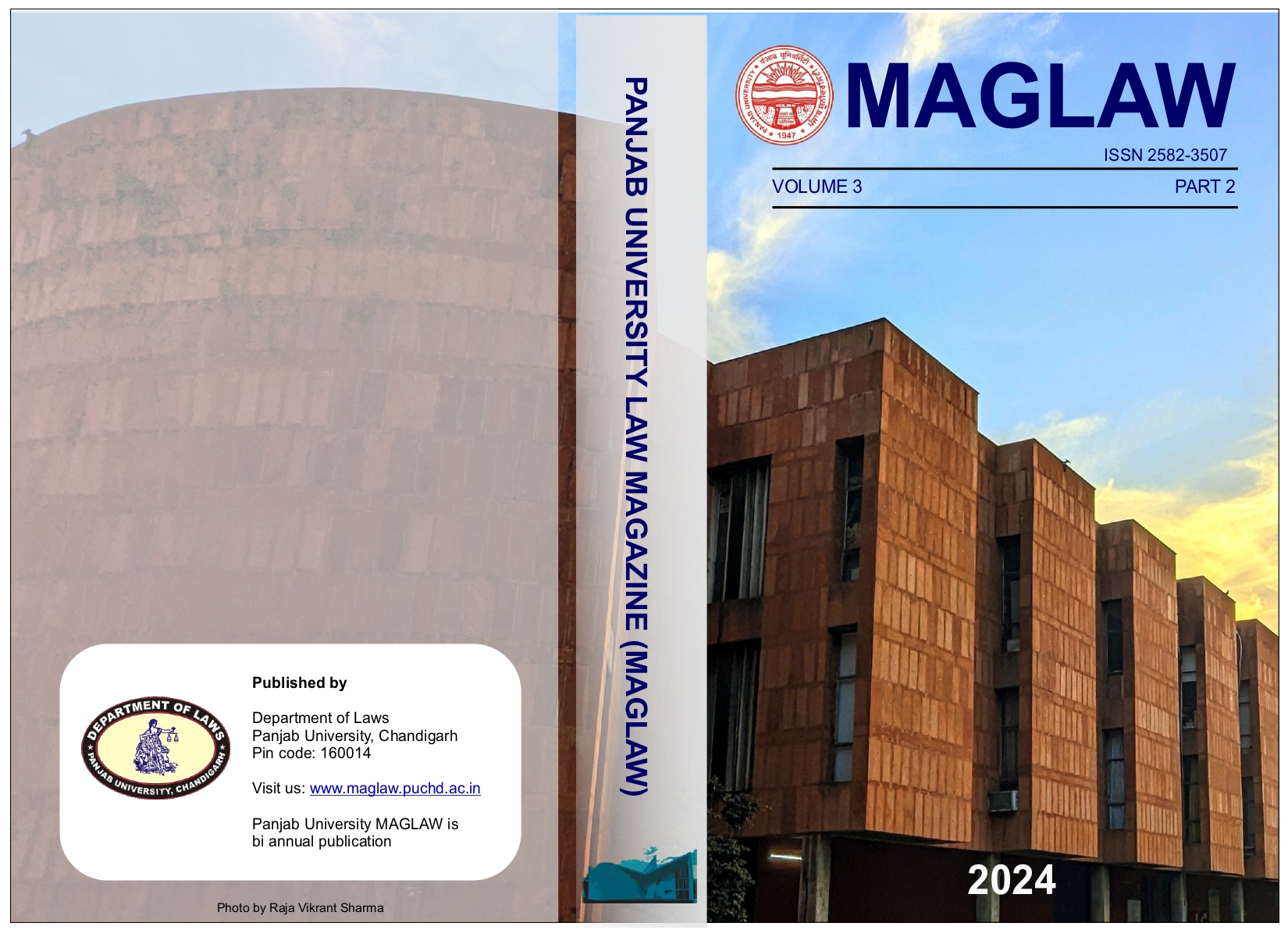The Basic Structure Doctrine: A Comprehensive Case Law Analysis
Doctrine of Basic Structure
Keywords:
Indian Constitutional Law, Kesavananda Bharati Case, Judicial Review, Parliamentary Amendments, Basic Structure DoctrineAbstract
The basic structure doctrine, a cornerstone of Indian constitutional law, was established by the Supreme Court's landmark 1973 ruling in the Kesavananda Bharati v. State of Kerala case. This doctrine acts as a protective mechanism, preventing Parliament from amending the Constitution's fundamental elements, including the protection of fundamental rights and the preservation of national sovereignty and integrity. This research paper explores the origins, significance, and impact of the basic structure doctrine on India's legal and political landscape. Furthermore, it analyzes the doctrine's role in balancing legislative authority with judicial oversight, ensuring the Constitution's enduring stability.


